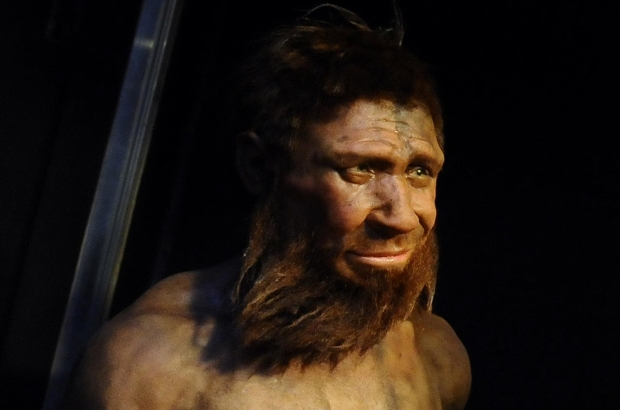- Daily & Weekly newsletters
- Buy & download The Bulletin
- Comment on our articles
Discovery of Neanderthal tooth in Belgium excites European researchers
Excavation teams at Scladina Cave near the Belgian village of Sclayn in the municipality of Andenne have unearthed a tooth that is at least 40,000 years old, RTBF reports. Experts believe it belonged to a Neanderthal man, and its discovery has generated interest across Europe.
"It's exceptional to find Neanderthal teeth, especially on excavation sites," explained Grégory Abrams, archaeologist and scientific manager of the Andenne museum in Namur province.
The discovery is the most significant at the Scladina excavation site for around 20 years. Lying in a valley above the Meuse river at the heart of what was once a Neanderthal settlement, the previous most important find was the "Child of Scladina" in 1993.
"This discovery offers an incredible opportunity in relation to the analysis of Neanderthal man,” said Abrams. “With this tooth, we will be able to determine the growth cycle of this individual, his life and his diet, thanks to the tartar found on the tooth. Basically, we're really going to touch the daily lives of these people. And since the tooth was found in context, we will have information about the environment in which the individual lived and the interactions he may have had."
Discoveries about Neanderthals are in fact so rare that many research centres are currently studying this tooth, which has now been 3D modelled in Ghent. Its details are being analysed in Belgium, as well as France, Germany and the Netherlands. The dating of the tooth also corresponds to the period of extinction of Neanderthals, which opens up considerable prospects for research.
Very fragile, and already damaged by time, the tooth will not be exposed to the general public and will be kept in an air-conditioned space. But a life-size replica can already be seen at the museum space in Andenne. As for the cave excavation teams, they continue their work with renewed energy. "This tooth didn't end up here by chance. There are potentially other remains of the jaw on the site, or in our collections," concluded Grégory Abrams.









